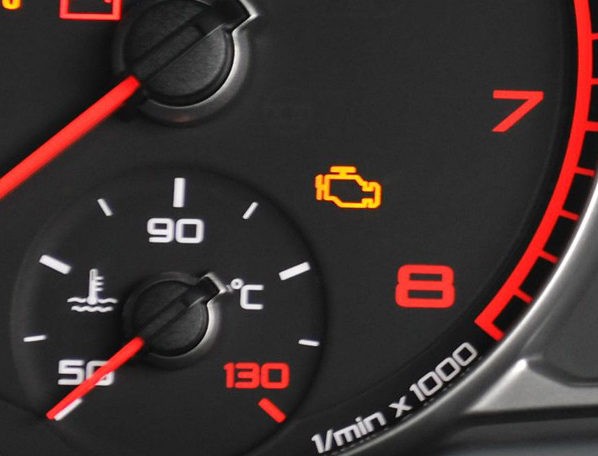If your car suddenly loses power and warning lights illuminate your dashboard, it might be in limp mode. This safety feature protects your engine from potential damage by limiting its performance. This guide will delve into limp mode causes, symptoms, and how to perform a Limp Mode Reset.
Understanding Limp Mode
Limp mode, also known as “safe mode,” is your car’s emergency response to a detected problem. The Engine Control Unit (ECU) restricts speed and RPM to prevent further damage to the engine or transmission. This allows you to drive slowly to a safe location or mechanic.
Besides a noticeable loss of power and dashboard warning lights, common limp mode symptoms include:
- Limited engine RPM, often capped around 2,000-3,000.
- Reduced speed, typically restricted to 30-50 mph.
- Disabled auxiliary functions like air conditioning or heating.
- Automatic transmission stuck in a low gear.
Common Causes of Limp Mode
A variety of issues can trigger limp mode. The ECU activates this safety feature when it detects readings outside predefined parameters. These issues can stem from:
- Low Fluid Levels: Critically low oil or coolant levels can trigger limp mode.
- Transmission Problems: Issues like slipping gears or inability to shift properly.
- Brake System Malfunctions: Problems such as seized brakes or hydraulic leaks.
- Wiring Issues: Damaged or faulty wiring within the vehicle’s electrical system.
- Engine Problems: Issues like misfires, turbocharger malfunctions, or sensor failures.
How to Perform a Limp Mode Reset
While limp mode protects your car, it signifies an underlying problem requiring attention. A mechanic can diagnose and fix the issue, effectively resolving limp mode. However, you can attempt a simple limp mode reset:
- Turn Off the Engine: Allow the car to sit for at least 30 seconds. This allows the ECU to reset.
- Restart the Engine: Check if the warning lights have disappeared and if the car performs normally.
If the reset works, it might have been a temporary glitch. However, if the car re-enters limp mode, the problem is likely persistent and needs professional diagnosis.
When to Seek Professional Help
A limp mode reset might temporarily clear the issue, but it doesn’t address the root cause. Ignoring limp mode can lead to severe engine damage. Seek professional help if:
- The limp mode reset doesn’t work.
- The warning lights remain illuminated.
- The car’s performance doesn’t return to normal.
- You notice any unusual sounds or smells.
Should You Bypass Limp Mode?
While some methods, like disconnecting the battery, might temporarily bypass limp mode, it’s strongly discouraged. Ignoring the underlying problem can exacerbate the issue and potentially cause catastrophic engine damage. Limp mode is a crucial safety feature, and bypassing it masks a problem that requires immediate attention.
Conclusion
Limp mode is a vital safety mechanism protecting your car from further harm. While a limp mode reset might offer a temporary solution, addressing the root cause is crucial. Consult a qualified mechanic for diagnosis and repair to ensure your vehicle’s safety and longevity. Don’t ignore limp mode – it’s a warning sign that shouldn’t be disregarded.

